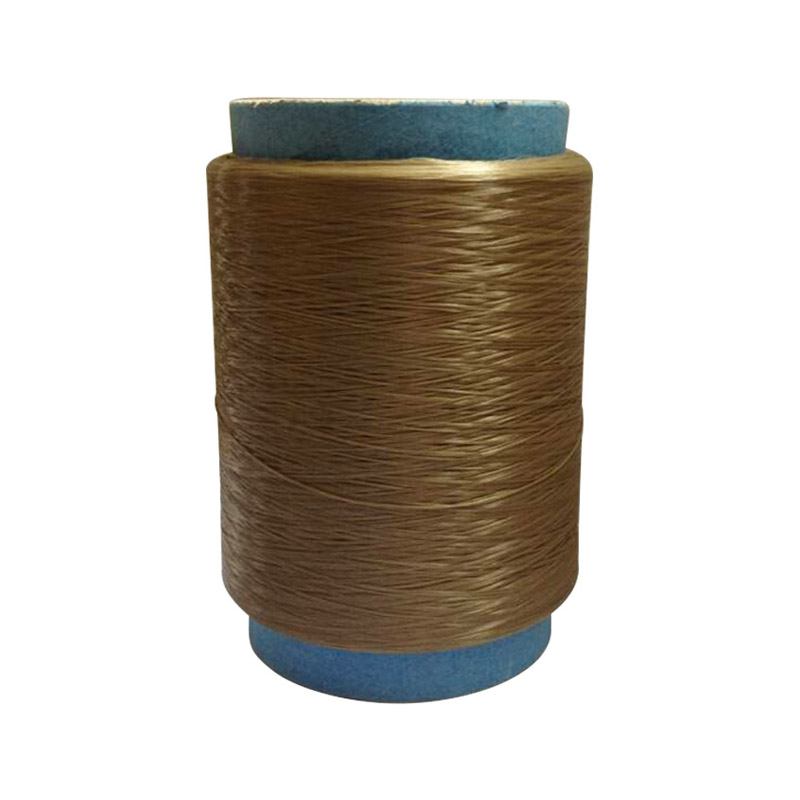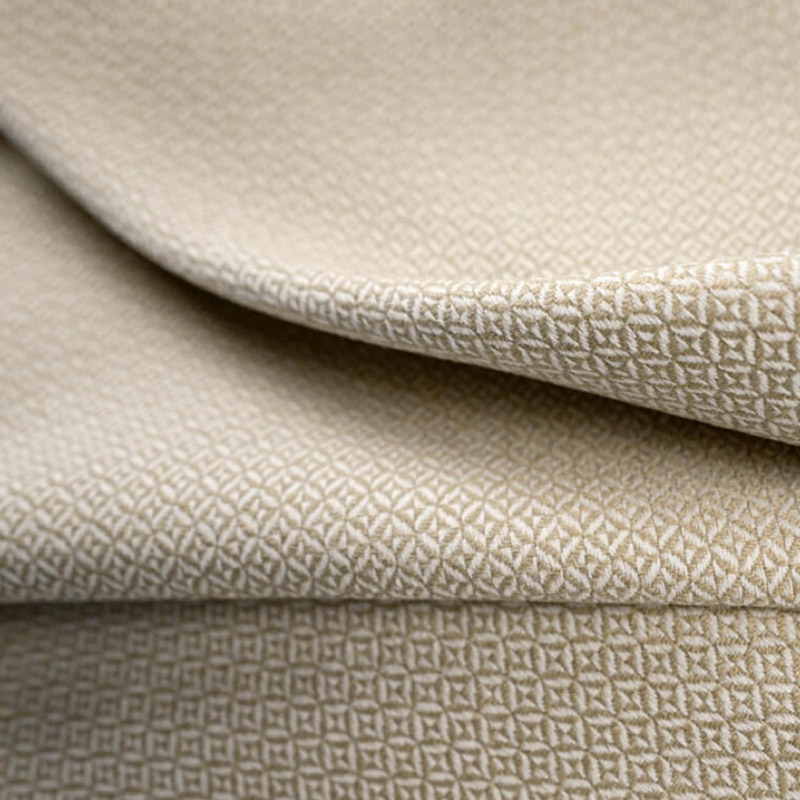What is the difference between polypropylene multifilament yarn and monofilament?
2025-04-15
Polypropylene (PP) is a common plastic material that is widely used in various fields. According to its fiber morphology, polypropylene can be divided into two types: multifilament and monofilament. Below we will discuss in detail the difference between polypropylene multifilament yarn and monofilament from three aspects: structural characteristics, performance and application fields.
1. Structural characteristics
Polypropylene multifilament yarn consists of multiple fine fibers that are closely arranged together to form a bundle. The structure of the multifilament makes it highly flexible and bendable, and easy to weave and process.
Polypropylene monofilament is a single, thicker fiber. Compared with multifilament, the structure of monofilament is simpler and has higher strength and wear resistance.
2. Performance
Polypropylene multifilament consists of multiple fine fibers, so it has better softness and weaving performance. This makes multifilament widely used in textiles, ropes, fishing nets and other fields. In addition, the bendability and flexibility of multifilament also make it easier to process and operate.
The high strength and wear resistance of polypropylene monofilament make it perform well in application scenarios that need to withstand large tension and friction. For example, in the fields of hoisting, traction and fisheries, monofilaments are often used as ropes and cables.
3. Application fields
Polypropylene multifilament has good softness and weaving properties, and is widely used in the manufacturing of textiles, ropes, fishing nets, etc. In addition, polypropylene multifilament also plays an important role in packaging, decoration and handicraft production.
Polypropylene monofilament is mainly used to manufacture hoisting ropes, traction cables and fishing gear due to its high strength and wear resistance. In addition, polypropylene monofilament is also widely used in agriculture, industry and transportation.
In summary, there are significant differences between polypropylene multifilament yarn and monofilament in terms of structural characteristics, performance and application fields. The selection of suitable polypropylene products needs to be weighed according to specific application scenarios and needs.

























































